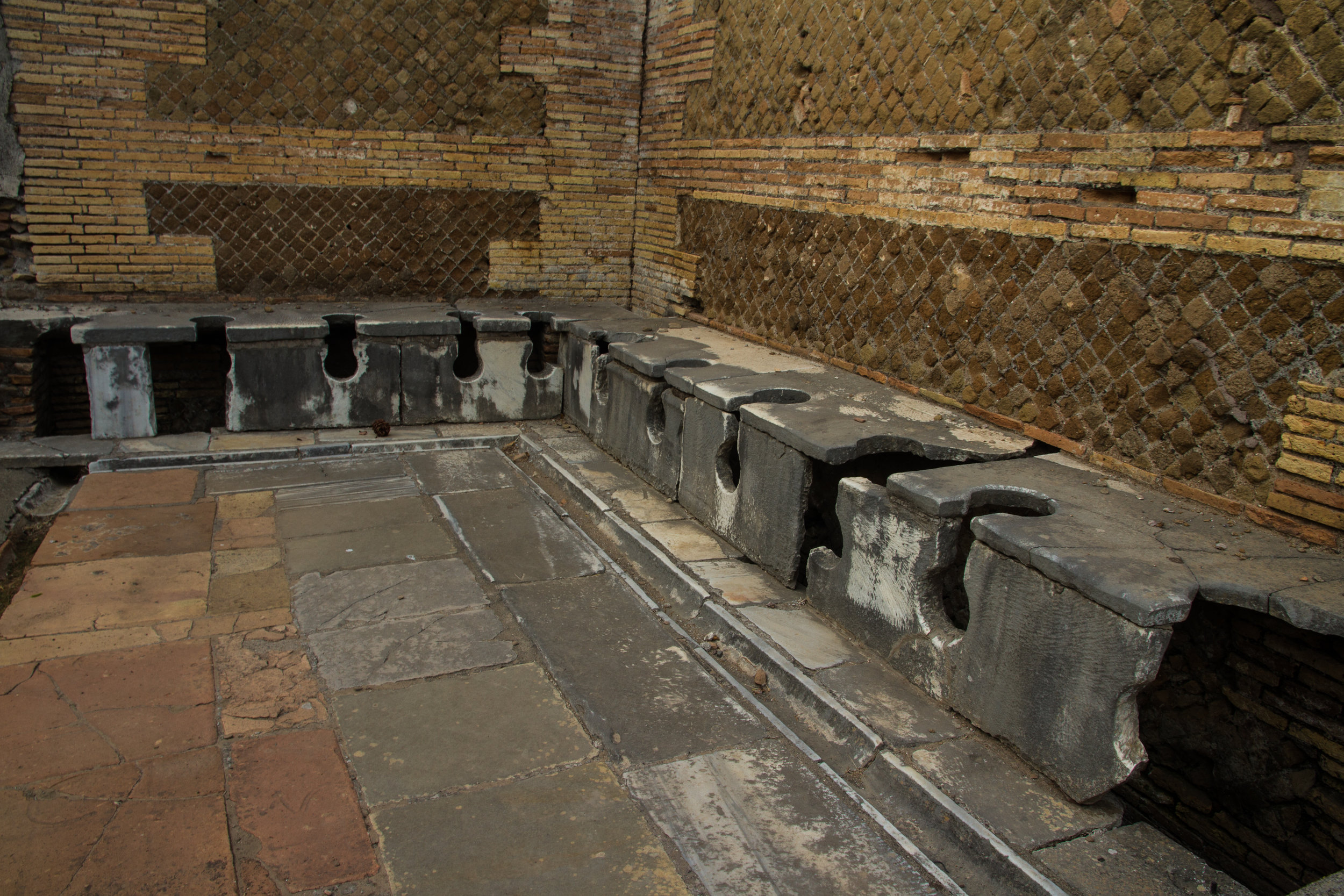The Evolution of the Bathroom

The bathroom, a seemingly mundane space in modern homes, has a rich and fascinating history spanning millennia. Its evolution mirrors the development of sanitation, hygiene, and societal values. From the rudimentary facilities of ancient civilizations to the luxurious and technologically advanced bathrooms of today, the bathroom has undergone a remarkable transformation.
Early Bathroom Facilities
The concept of a dedicated space for bathing and sanitation emerged in ancient civilizations. The ancient Egyptians, known for their sophisticated culture, developed elaborate bathing rituals. They constructed public bathhouses, often adorned with intricate decorations, where people could cleanse themselves and socialize. These bathhouses typically featured pools of water, sometimes heated, for bathing and separate areas for washing and grooming.
The ancient Romans, renowned for their engineering prowess, took bathing to new heights. They built vast public bath complexes, known as thermae, which served as social hubs and centers for relaxation and hygiene. These thermae included a range of facilities, such as hot and cold baths, steam rooms, and exercise areas. The Romans’ innovative aqueduct systems ensured a constant supply of fresh water, contributing to the popularity and widespread use of their bathhouses.
The Impact of Sanitation and Hygiene
The development of sanitation and hygiene practices played a pivotal role in the evolution of the bathroom. In the medieval era, the decline of Roman infrastructure and the rise of disease led to a deterioration in sanitation standards. Public bathhouses fell into disuse, and personal hygiene practices were often neglected. However, the Black Death, a devastating pandemic that swept through Europe in the 14th century, emphasized the importance of hygiene and sanitation.
The Renaissance and the Age of Enlightenment saw a renewed interest in hygiene and cleanliness. The development of plumbing and sanitation systems, along with the invention of the flush toilet, marked a significant shift in bathroom design and functionality. The focus shifted from communal bathing to private and more hygienic facilities within homes.
Bathroom Layouts and Fixtures Through History
The layout and fixtures of bathrooms have evolved significantly over time, reflecting changing societal norms and technological advancements.
- Ancient Civilizations: Bathrooms in ancient civilizations were often simple and functional. They typically consisted of a basin or tub for bathing and a separate area for waste disposal.
- Medieval Era: During the medieval period, bathroom facilities were often rudimentary. Many homes lacked dedicated bathrooms, and bathing was infrequent. Waste disposal was often primitive, contributing to poor sanitation conditions.
- 18th and 19th Centuries: The 18th and 19th centuries witnessed significant advancements in bathroom design and technology. The invention of the flush toilet and the development of plumbing systems made it possible to have more hygienic and convenient bathroom facilities within homes.
- 20th Century and Beyond: The 20th century saw the emergence of modern bathrooms, featuring a wide range of fixtures and amenities, including showers, sinks, toilets, and bathtubs. The development of new materials and technologies, such as ceramic tiles and acrylic tubs, further enhanced the functionality and aesthetics of bathrooms.
The Bathroom in the Home

The bathroom, a space we take for granted today, has undergone a remarkable transformation over centuries, evolving from a rudimentary necessity to a haven of comfort and convenience. The Victorian era played a pivotal role in this evolution, marking a turning point in the way we approach hygiene and sanitation within our homes.
The Victorian Era and the Rise of the Bathroom
The Victorian era, spanning the mid-19th century to the early 20th century, witnessed a significant shift in attitudes towards sanitation and hygiene. The Industrial Revolution had brought about rapid urbanization, leading to overcrowding and a surge in diseases. This, coupled with a growing awareness of the importance of cleanliness, spurred a demand for improved sanitation facilities.
- Dedicated Bathroom Spaces: Prior to the Victorian era, bathing and toilet facilities were often rudimentary and shared. The Victorian era saw the emergence of the dedicated bathroom as a distinct space within the home, often featuring a bathtub, washbasin, and toilet.
- Aesthetic and Functional Design: Victorian bathrooms were not only functional but also aesthetically pleasing. They incorporated ornate fixtures, decorative tiles, and intricate plumbing systems, reflecting the era’s emphasis on elegance and refinement.
- The Rise of Plumbing and Sanitation: The Victorian era witnessed significant advancements in plumbing and sanitation technology. Indoor plumbing, including running water, became increasingly common, allowing for more efficient and hygienic waste disposal and water usage.
The Modern Bathroom: Bathroom History Of The Home
The modern bathroom is no longer just a functional space; it has evolved into a sanctuary of comfort, style, and technology. This evolution is driven by a growing emphasis on design, materials, and technology, with a strong focus on sustainability and eco-friendly practices.
Design Trends
The modern bathroom embraces a minimalist aesthetic, characterized by clean lines, open spaces, and a focus on functionality. Natural materials like wood, stone, and marble are popular choices, adding a touch of elegance and warmth. Contemporary design often features large format tiles, sleek fixtures, and a muted color palette, creating a serene and sophisticated ambiance.
Technology Integration
Smart technology is revolutionizing the bathroom experience, offering convenience, efficiency, and enhanced comfort. Automated lighting systems adjust to ambient light levels, while smart thermostats allow precise temperature control. Water-saving devices, such as low-flow showerheads and dual-flush toilets, reduce water consumption without compromising performance. Smart mirrors with integrated displays can provide information, entertainment, and even control other smart home devices.
Sustainability and Eco-Friendly Practices, Bathroom history of the home
Sustainability is a key concern in modern bathroom design. Water-efficient fixtures, such as low-flow toilets and showerheads, are essential for conserving water resources. Rainwater harvesting systems collect and reuse rainwater for non-potable purposes, reducing reliance on municipal water supplies. Eco-friendly materials, such as bamboo and recycled glass, are becoming increasingly popular, minimizing environmental impact.
